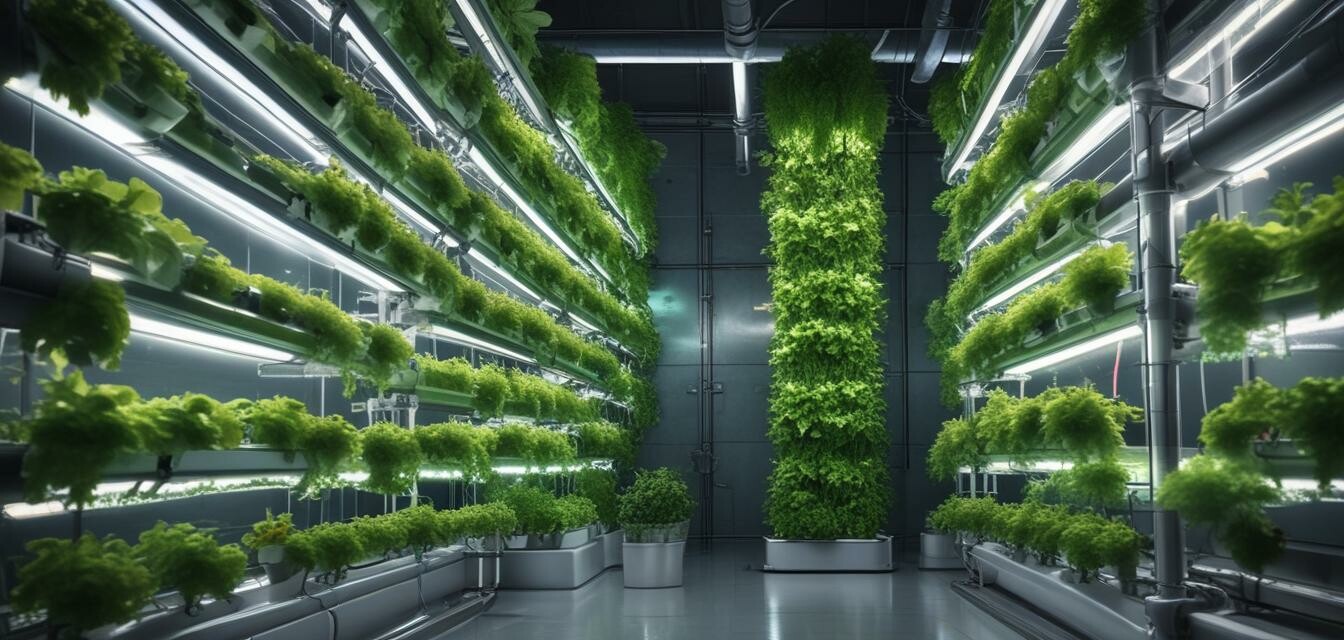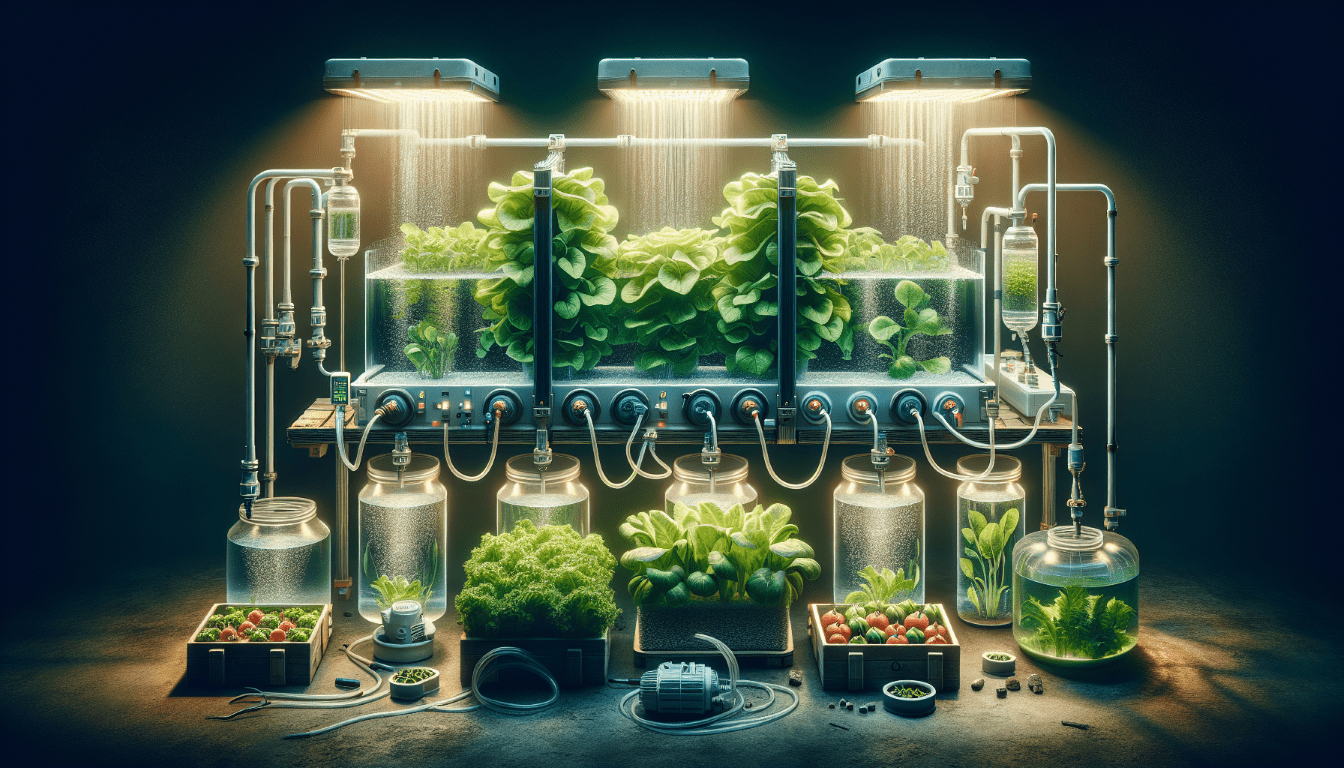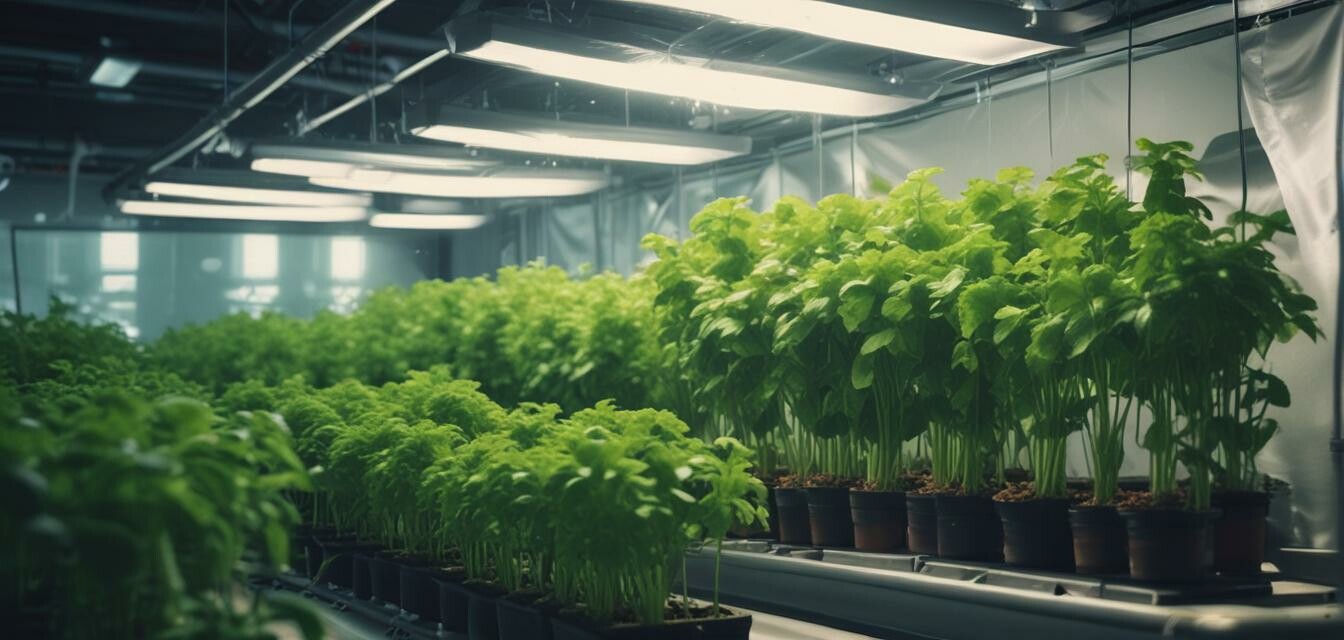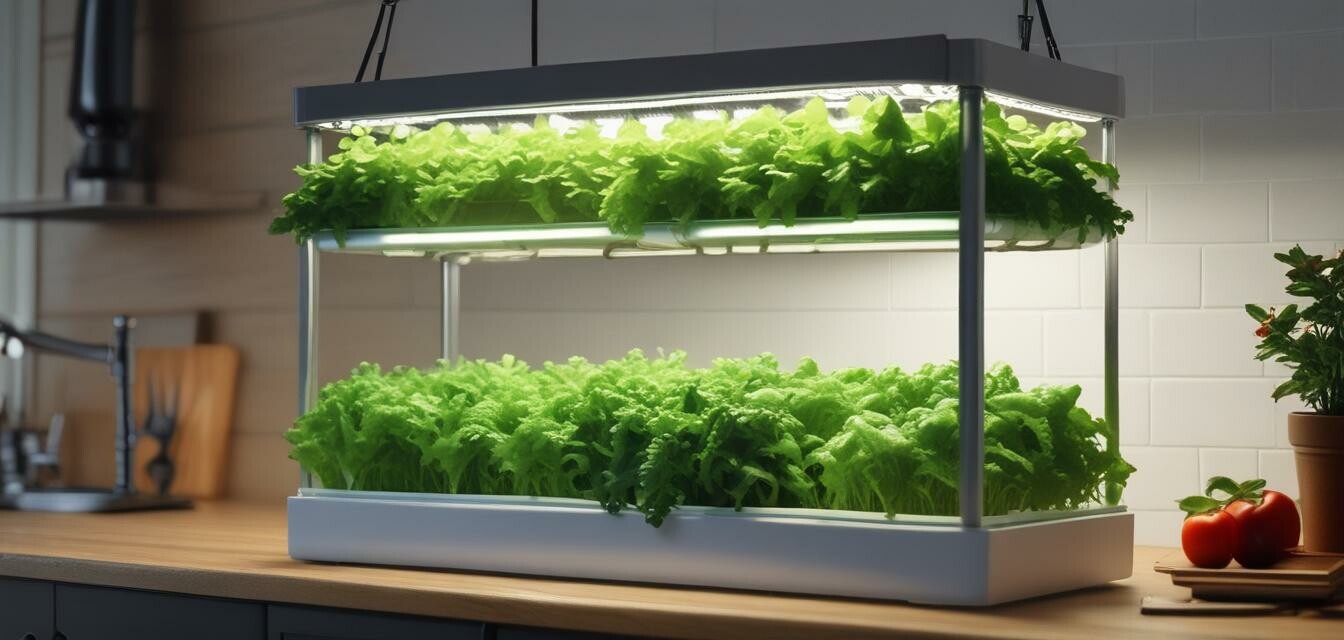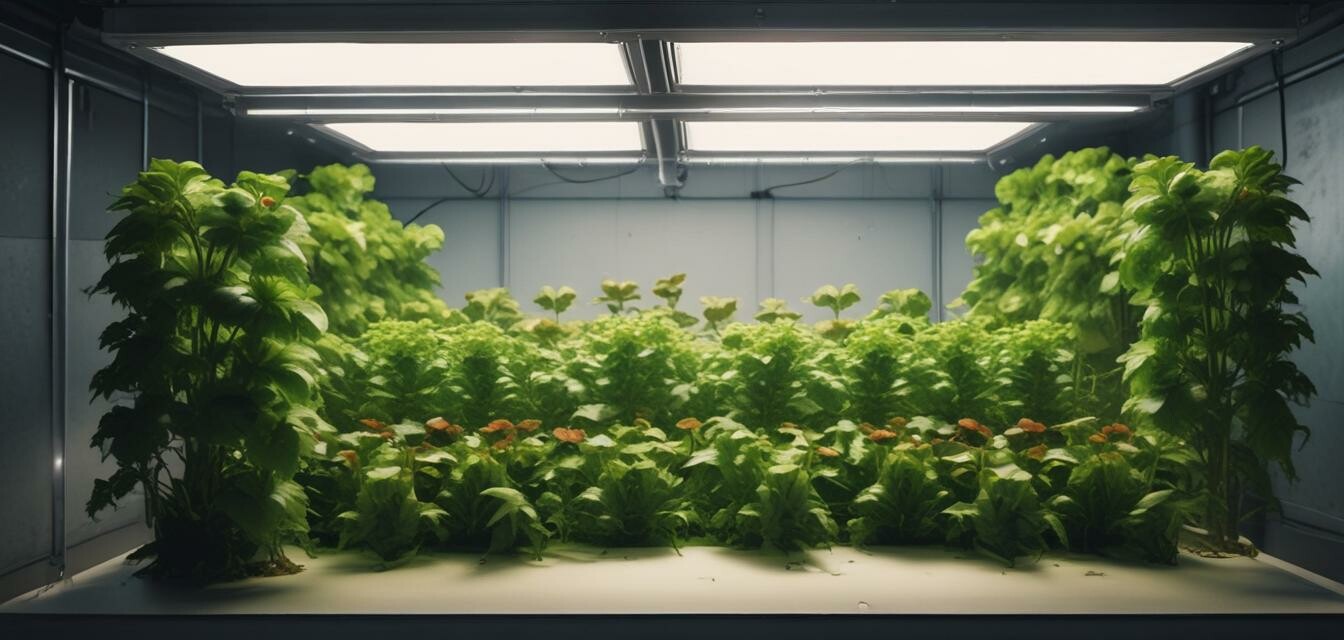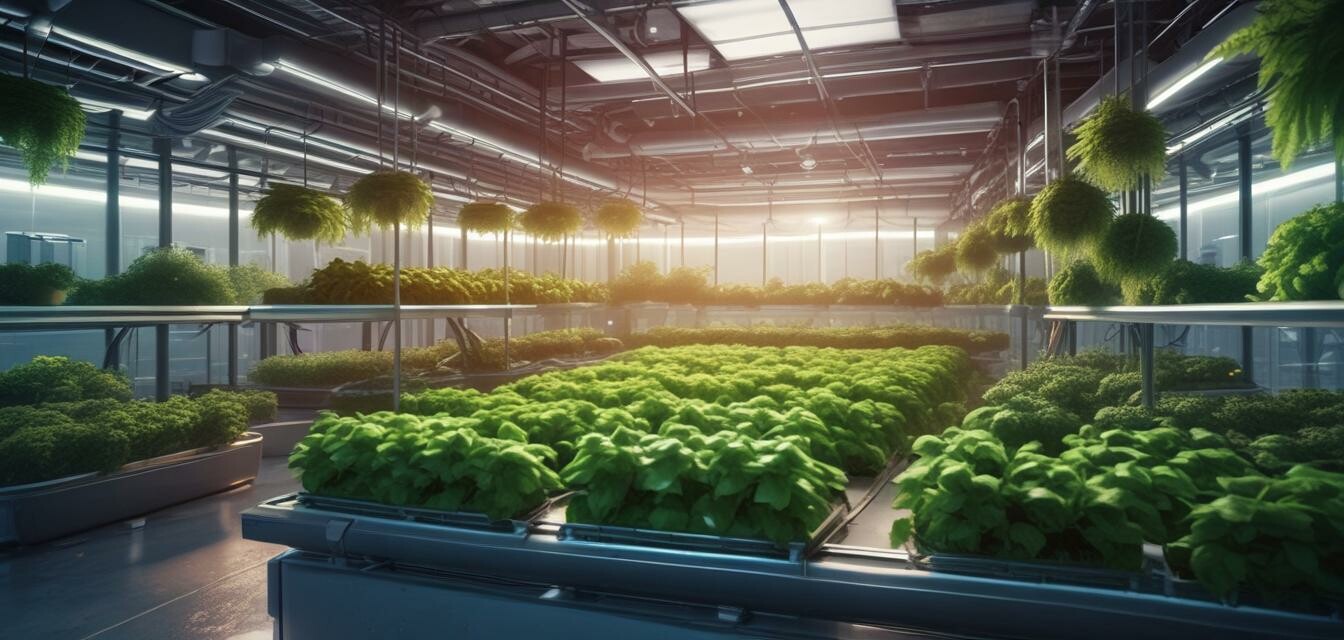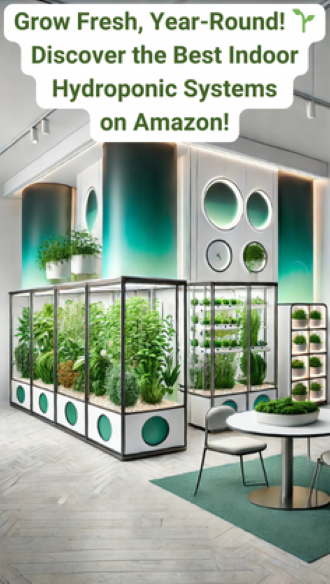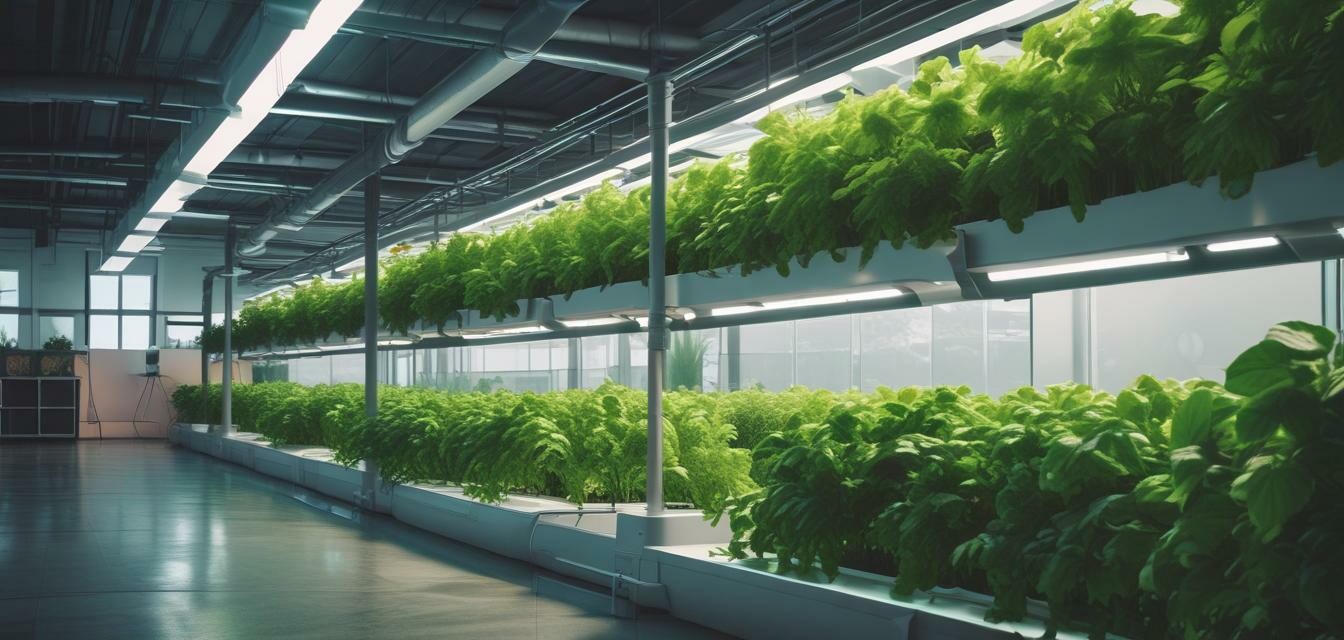
Introduction to Indoor Hydroponics
Key Takeaways
- Indoor hydroponics allows for efficient plant growth without soil.
- Various systems available cater to different needs and spaces.
- Proper environmental control is vital for success.
- Hydroponic gardening can be a sustainable option for urban dwellers.
Indoor hydroponics is an innovative way of growing plants without soil, providing a sustainable solution for urban dwellers, apartment residents, and anyone looking to enjoy fresh produce at home. By using various hydroponic systems, you can cultivate a wide variety of plants efficiently and effectively, regardless of outside weather conditions. This guide will delve into the essentials of indoor hydroponics, the benefits, and how you can get started.
What is Hydroponics?
Hydroponics is a method of growing plants using nutrient-rich water, instead of traditional soil. It offers several advantages:
- Faster plant growth
- No weeds or pests
- Precise control over nutrients
- Less water use compared to soil gardening
Types of Hydroponic Systems
There are several types of hydroponic systems available for indoor gardening. Here’s a quick overview:
| System Type | Description | Best For |
|---|---|---|
| Deep Water Culture (DWC) | Plants are suspended in nutrient-rich water. | Begginners and medium-sized plants |
| Nutrient Film Technique (NFT) | Nutrients are circulated over plant roots in a sloped channel. | Experienced gardeners |
| Wicking System | Utilizes capillary action to draw nutrients to plants. | Small spaces and herbs |
| Vertical Hydroponics | Plants are grown in vertical columns, maximizing limited space. | Apartment dwellers |
| Drip System | Nutrients are delivered to the plants via a network of tubes. | Larger plants with specific needs |
Essential Equipment for Indoor Hydroponics
The right equipment is crucial for success in hydroponic gardening. Here’s a list of essential items:
- Hydroponic system: Choose one that fits your space and plants.
- Grow lights: Ensure adequate light for photosynthesis.
- Nutrients: A balanced formula specifically for hydroponics.
- Pumps and timers: To manage water circulation and timing.
Environmental Control
Maintaining the right environment is key to growing healthy plants indoors. Important factors include:
- Temperature: Most plants thrive between 65°F and 75°F.
- Humidity: Aim for levels between 40%-70%.
- Air circulation: Good airflow prevents mold and pests.
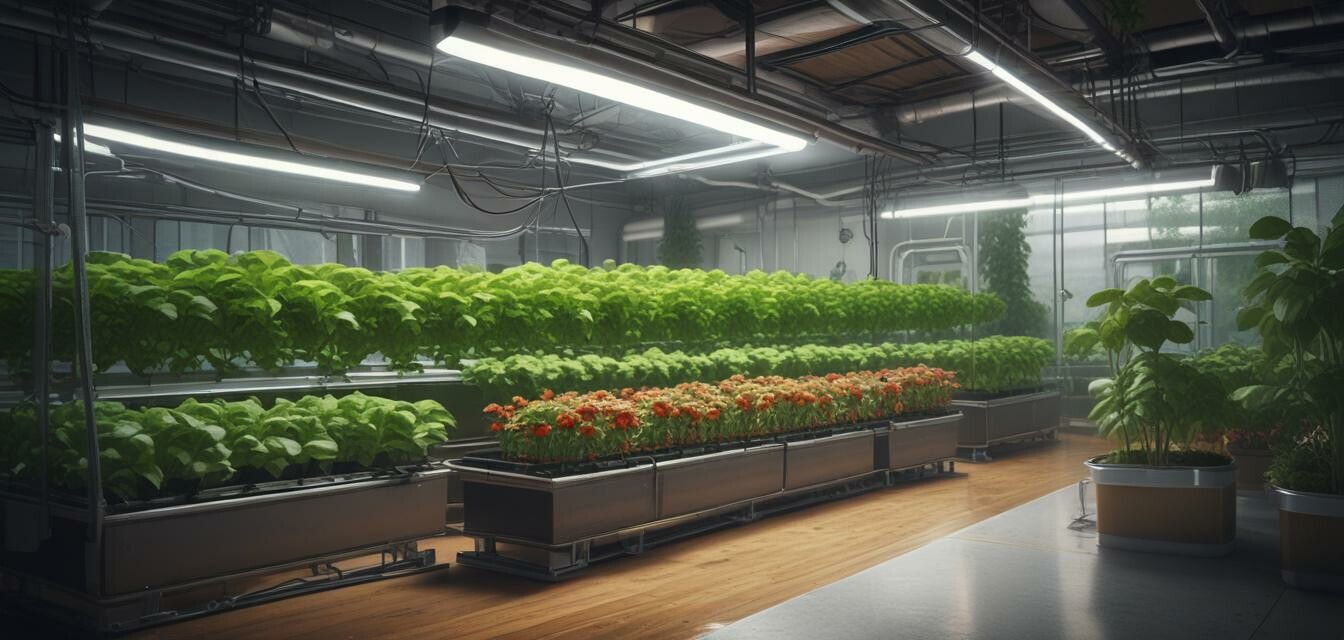
Common Mistakes to Avoid
Like any gardening venture, beginners may make mistakes. Here are some common ones:
- Ignoring water quality — Always use pH-balanced water.
- Over-fertilizing — Follow recommended nutrient guidelines.
- Neglecting light — Ensure plants receive sufficient light.
- Inconsistent monitoring — Regularly check system and plant health.
Getting Started with Indoor Hydroponics
To start your hydroponic journey, follow these steps:
Tips for Beginners
- Choose easy-to-grow plants initially, like lettuce or herbs.
- Start small and gradually expand your system.
- Research the system that suits your needs and space.
- Document your progress for reference and adjustments.

Conclusion
Indoor hydroponics represents a feasible and innovative approach to gardening that can thrive in limited spaces while providing fresh produce throughout the year. By understanding the basics of hydroponic systems, selecting the right equipment, and keeping environmental factors in check, anyone can become a successful indoor gardener.
Explore More
For additional resources, check our links to explore different hydroponic products:
- Countertop Hydroponic Kits
- Environmental Control Equipment
- Hydroponic Pumps and Accessories
- Lighting Solutions for Hydroponics
- Nutrient and Additive Solutions
Pros
- Space-efficient method of growing plants.
- Reduces the risk of pests and diseases associated with soil gardening.
- Year-round growing capability regardless of climate.
- Potential for higher yields compared to traditional gardening.
Cons
- Initial setup costs may be high.
- Requires ongoing monitoring and maintenance.
- Potential learning curve for beginners.
- Water and nutrient management can be complex.
